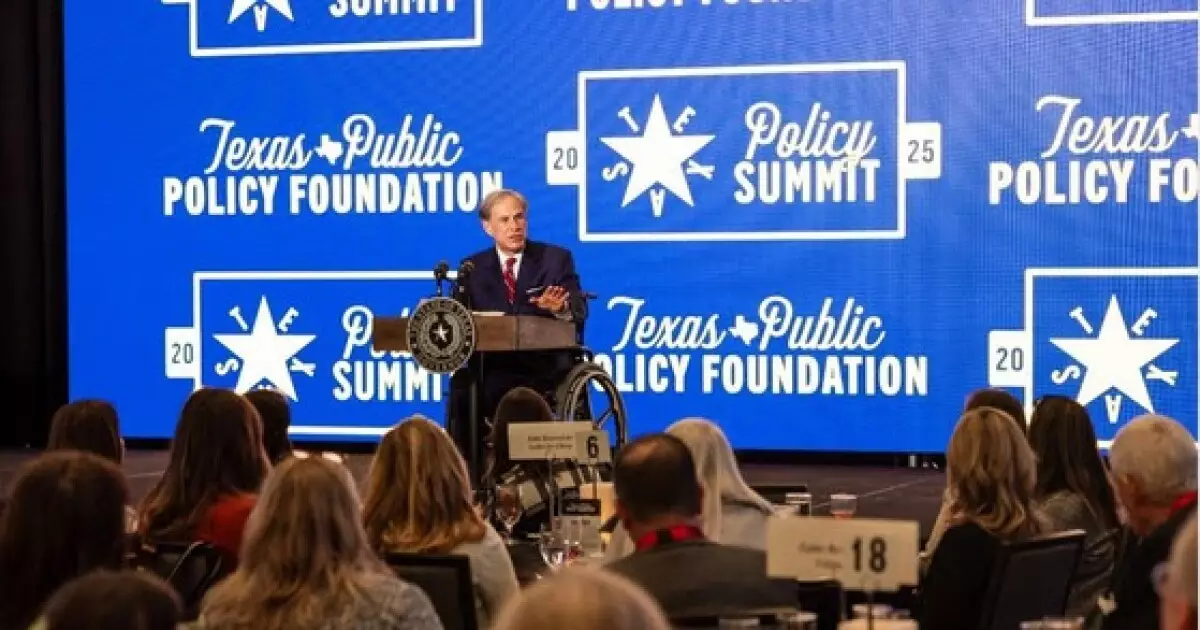The landscape of public education funding in Texas is fraught with challenges. As highlighted in a recent report by Moody’s Ratings, stagnant state funding juxtaposed with rising operational costs is creating significant hurdles for school districts across the state. This situation is compounded by the effects of inflation and the cessation of pandemic-related federal aid, leading to a precarious financial environment for educational institutions. The implications of these funding issues raise critical questions about the future of education in Texas.
Since 2019, the per-pupil basic allotment from Texas has remained fixed at $6,160. This stagnation in funding, amidst rising costs of living and educational supplies, has placed school districts in a precarious position where financial reserves may dwindle or necessitate cost-cutting measures. The Moody’s report cautions that such actions, while potentially stabilizing finances in the short term, could detrimentally impact the core mission of education. Schools may find themselves in a position where maintaining educational quality becomes increasingly difficult, especially when financial reserves are relied upon as a primary source for funding essential programs and initiatives.
Further complicating this financial landscape is the rejection of property tax increases by voters. Out of 52 propositions presented to the electorate aimed at bolstering financial support for schools, 30 were denied. This lack of voter support for additional revenue-generating measures amplifies the financial strain and highlights broad concerns about the funding mechanisms available to districts. As Moody’s aptly noted, without a robust source of revenue, schools will struggle to meet vital priorities necessary for enhancing educational outcomes, such as staff salaries and infrastructure improvements for safety.
The Governor’s Perspective
In the midst of these financial challenges, Texas Governor Greg Abbott has been vocal about his commitment to public education. He has characterized the average public school funding as reaching historical highs, citing figures that exceed $15,000 per student, which includes various funding sources beyond the basic allotment. At a recent event organized by the Texas Public Policy Foundation, he confidently proclaimed that the legislative session to come in 2025 would yield more financial support for public education than ever before. However, it’s crucial to examine how realistic these claims are in light of existing fiscal constraints.
The Governor’s focus on school voucher programs raises important questions as well. While he advocates for increased funding for public schools, the push for vouchers may divert attention and resources away from traditional public education systems. This dual focus on supporting public schools while promoting voucher systems may lead to an imbalance that could further destabilize district budgets, as funds could shift away from the public school system.
Adding to the turmoil, credit rating agencies like S&P Global Ratings have warned that unless action is taken to address these growing revenue shortfalls, Texas public schools could see credit downgrades in fiscal years 2025 and 2026. This impending risk emphasizes the urgent need for re-evaluation of funding strategies. Specifically, S&P has highlighted the necessity for basic aid funding adjustments to align with inflationary increases that directly impact operational costs.
Moreover, the requirement for local tax rates to remain revenue-neutral without adequate support from electorate-approved increases poses additional risks. The fear is that this could result in a further erosion of financial health for districts that are already contending with tight budgets. It begs the question whether the current fiscal strategies will yield sustainable solutions or lead to a financial crisis in the near future.
The financial challenges facing Texas school districts require immediate attention and deliberate action. As the landscape continues to evolve, school leaders, policymakers, and the community must engage in a robust dialogue about funding priorities, sustainability, and innovative solutions to remedy these increasing pressures. Ensuring that the core educational mission remains intact while balancing fiscal responsibility is crucial to safeguarding the future of education in Texas. Without a well-coordinated effort that includes input from various stakeholders, the consequences of the current funding stagnation could reverberate throughout the educational ecosystem for years to come.


Leave a Reply